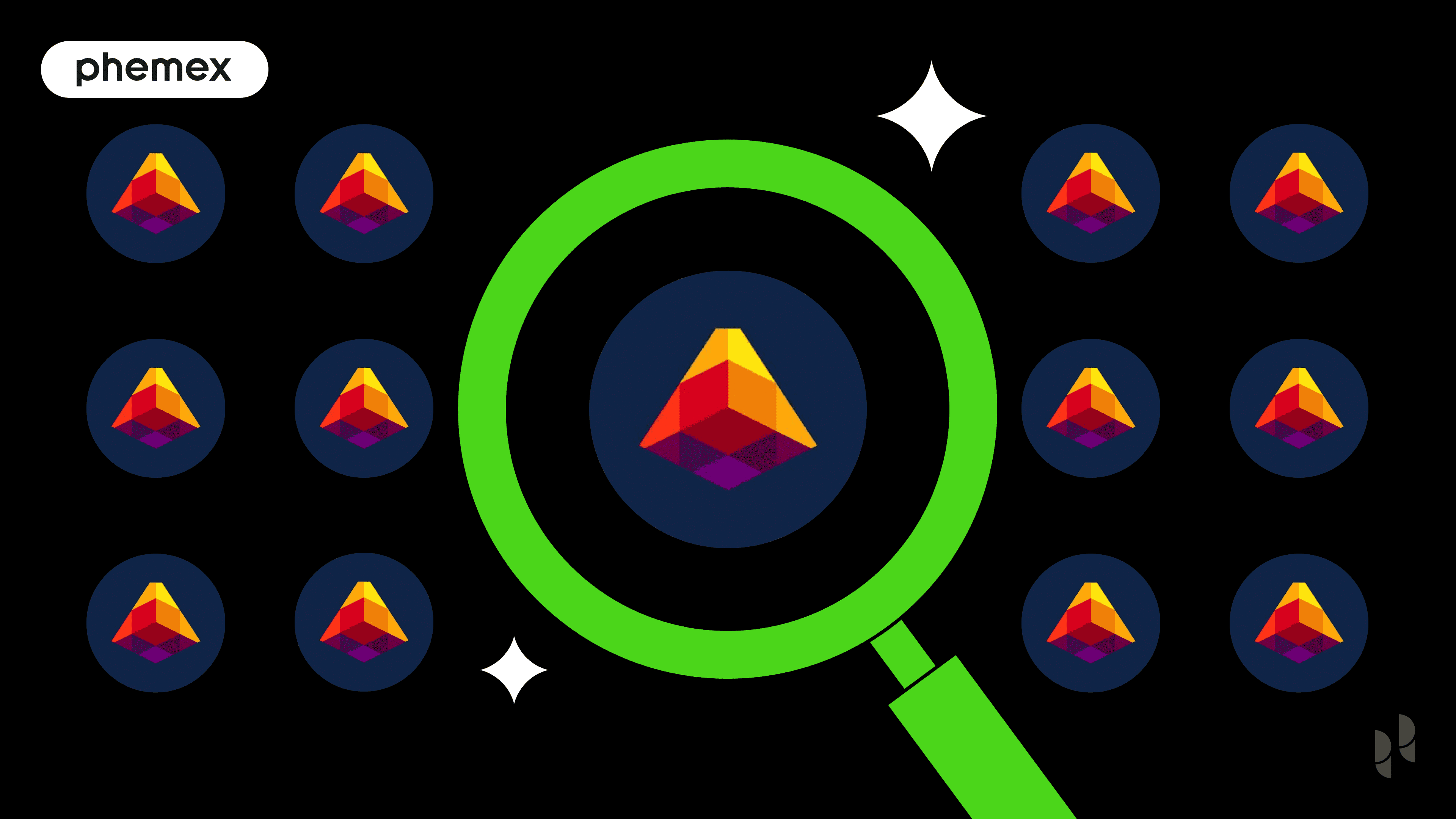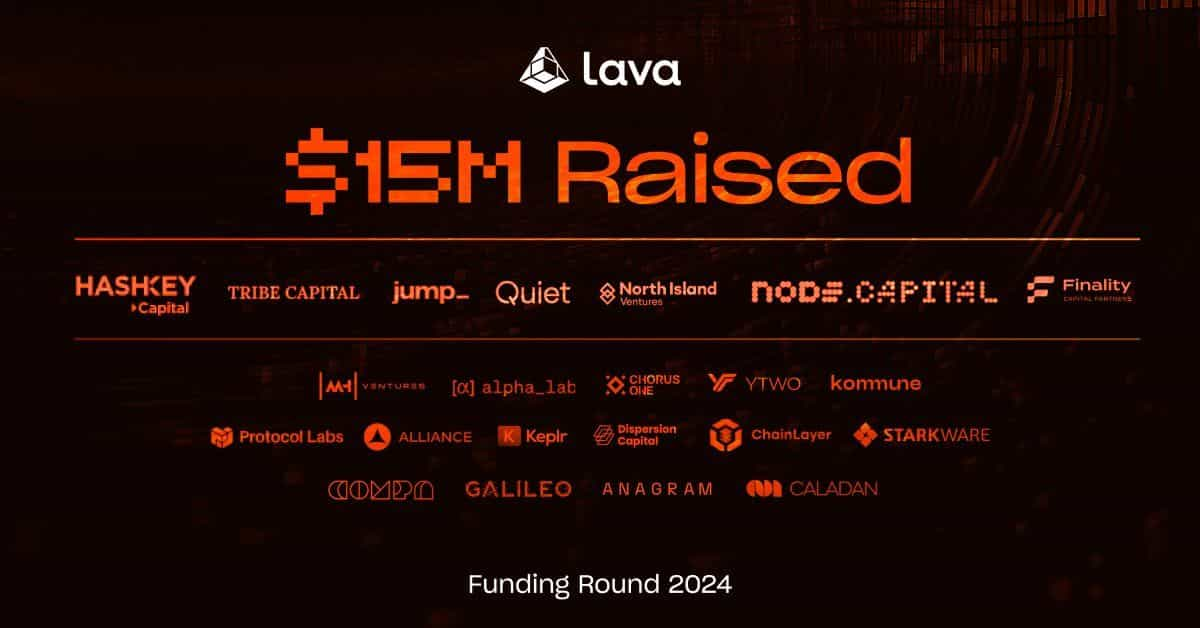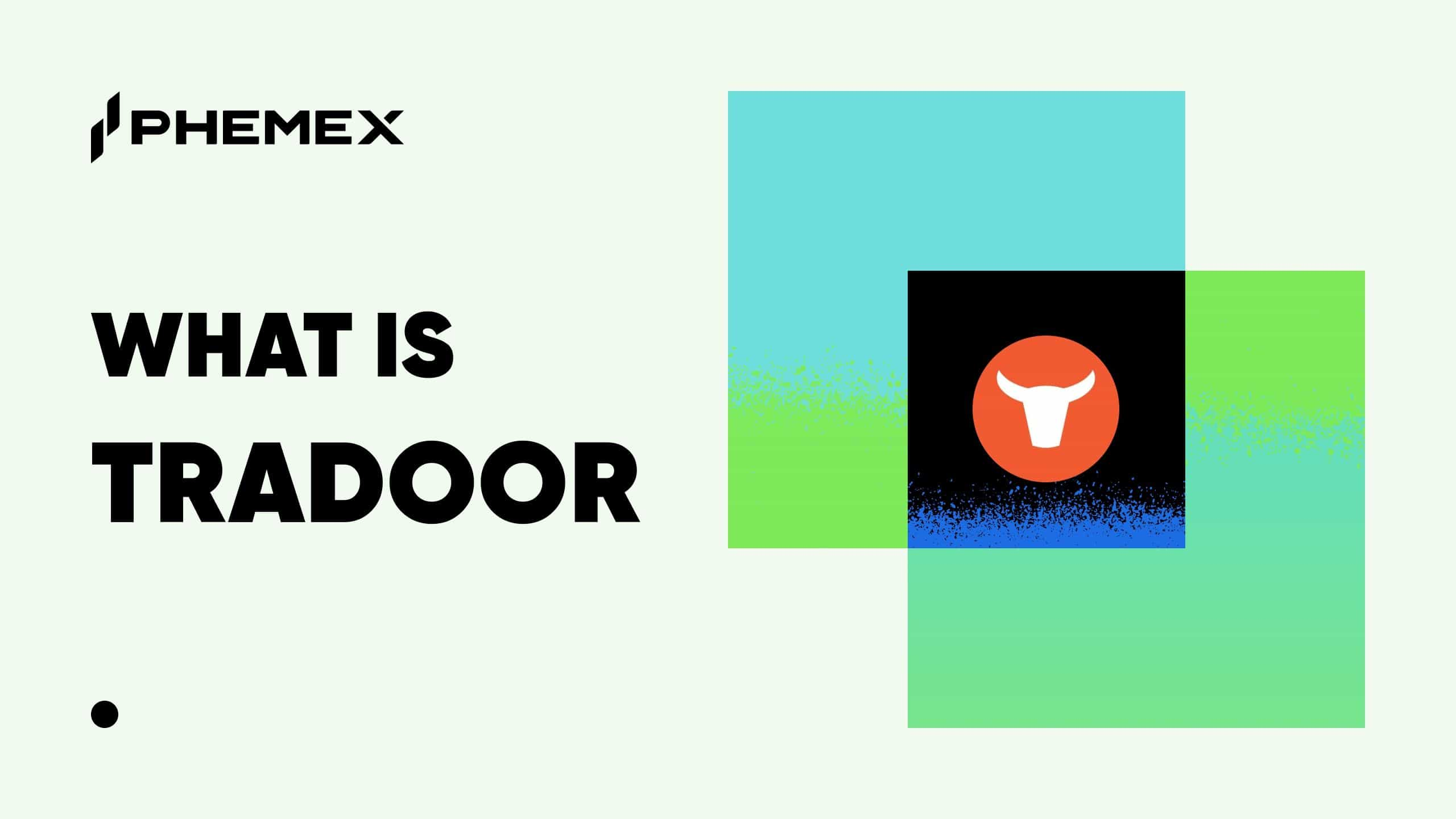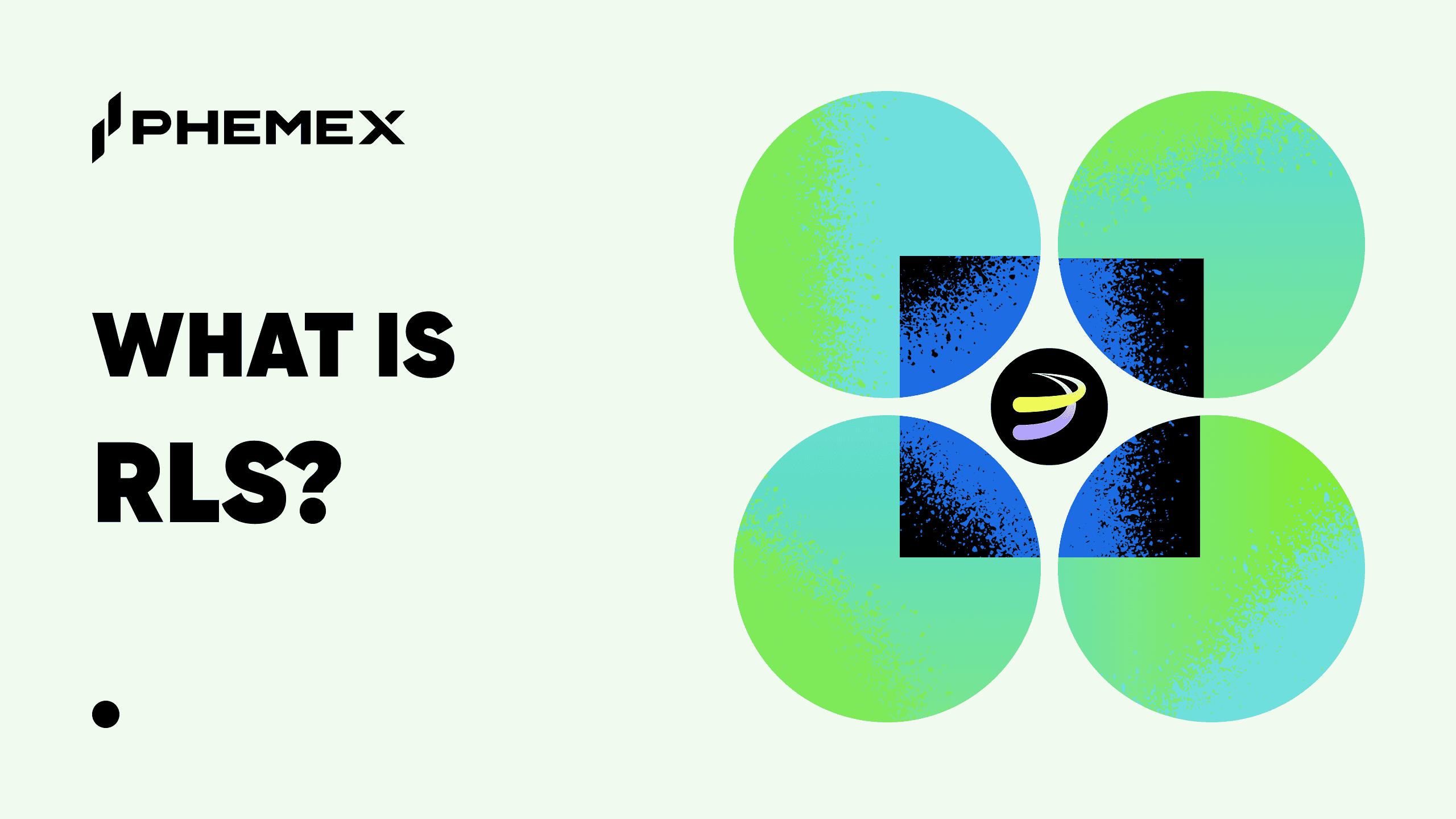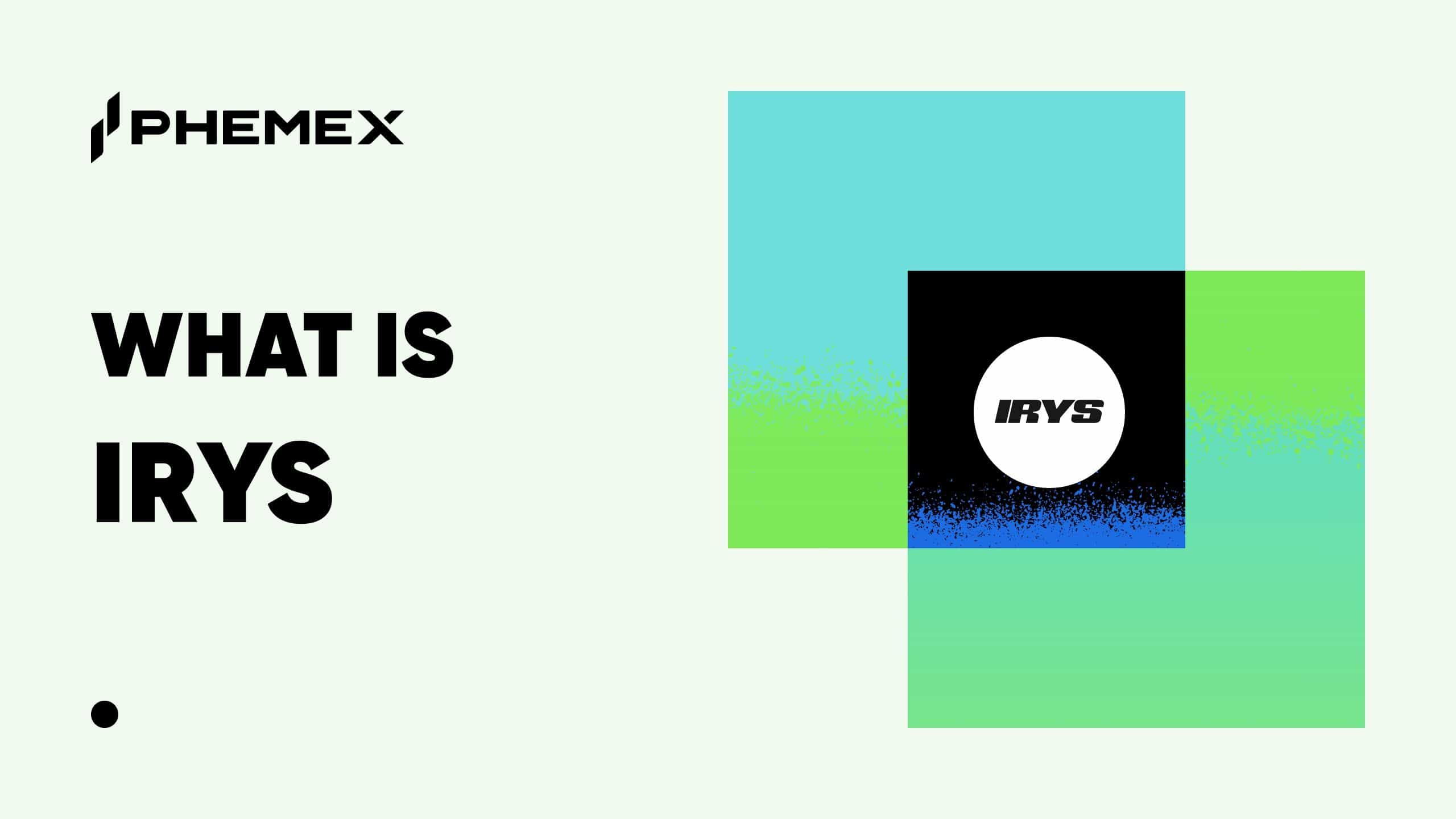Summary Box (Quick Facts)
-
Ticker Symbol: LAVA
-
Chain: Cosmos SDK Appchain
-
Contract Address: Not applicable (Native L1 Token)
-
Circulating Supply: Information not publicly available
-
Total Supply: 1 Billion
-
Primary Use Case: A decentralized marketplace for blockchain RPC and data access.
-
Current Market Cap: Information not publicly available
-
Availability on Phemex: No (As of writing)
What Is Lava Network?
Lava Network is a decentralized protocol designed to solve a critical, yet often overlooked, problem in the blockchain space: unreliable and centralized data access. Explained simply, Lava is a modular data access layer that functions as a marketplace. It connects applications, wallets, and developers (data consumers) who need to read blockchain data or send transactions with a distributed network of node operators (data providers).
The core problem Lava addresses is the crypto ecosystem's heavy reliance on a few centralized Remote Procedure Call (RPC) providers. This centralization creates single points of failure, censorship risks, and privacy concerns. When a major provider experiences downtime, countless dApps can be affected. Lava aims to fix this by creating a decentralized, permissionless, and resilient network. It acts as a coordination engine to organize providers for any chain, a marketplace where providers compete on performance and price, and a smart router that directs user requests to the best-performing node at any given moment. This ensures dApps have fast, reliable, and decentralized access to any blockchain.
How Many LAVA Are There?
The Lava Network has a total supply of 1 billion LAVA tokens. The tokenomics are designed to create a balanced ecosystem that incentivizes all key participants. While specific details on the circulating supply and inflation/deflation schedules are still emerging, the token's distribution is allocated to reward data providers, validators securing the network, and "Champions" who help integrate new blockchains and APIs onto the network. The structure aims to ensure the long-term health and decentralization of the protocol.
What Does LAVA Do?
The LAVA token is the native utility asset that powers the entire network. Its primary use cases are clearly defined within the ecosystem to facilitate the data marketplace and secure the chain.
-
Payments and Subscriptions: Data consumers use LAVA to purchase subscriptions, which grant them a specific allowance of "Compute Units" (CUs). Every API request has a CU cost, allowing consumers to pay for the precise amount of data and computation they use.
-
Staking and Security: Data providers must stake LAVA to offer their services. This stake acts as a security deposit, ensuring they provide accurate data and high-quality service. Validators also stake LAVA to secure the Delegated Proof-of-Stake (DPoS) blockchain.
-
Incentives and Rewards: Providers, validators, and champions earn rewards in LAVA for their contributions to the network. This incentivizes participation and helps bootstrap node infrastructure for new and existing chains.
-
Governance: LAVA token holders can participate in network governance, voting on proposals such as adding support for new chains or modifying protocol parameters.
Lava Network vs. Aethir
Lava Network and Aethir are both pioneering projects in the Decentralized Physical Infrastructure Network (DePIN) space, yet they target different segments of the decentralized compute market. Here’s a comparison of "Lava Network vs. Aethir".
| Feature | Lava Network | Aethir |
| Primary Use Case | Decentralized marketplace for blockchain RPC and API data access. | Decentralized marketplace for enterprise-grade GPU compute power. |
| Core Service | Provides developers and dApps with reliable, multi-chain data infrastructure. | Offers GPU-as-a-Service for computationally intensive tasks. |
| Target Market | Web3 developers, dApps, wallets, and any application needing to communicate with blockchains. | AI and machine learning enterprises, cloud gaming platforms, and scientific researchers. |
| Resource Provided | Access to blockchain nodes for reading on-chain data and submitting transactions. | Raw computational power from high-performance GPUs like NVIDIA H100s. |
| Problem Solved | Eliminates centralization, censorship risk, and unreliability of traditional RPC providers. | Democratizes access to high-end GPUs, reducing costs and dependency on centralized cloud providers. |
| Network Architecture | A Cosmos SDK appchain that settles off-chain data relays between consumers and providers. | A distributed cloud infrastructure that aggregates and allocates GPU resources from a global network. |
The Technology Behind LAVA
Lava's technical foundation is a custom-built Cosmos SDK appchain that serves as a settlement layer for a peer-to-peer data relay protocol. Its core innovations include:
-
Specifications (Specs): Lava uses modular JSON files called "Specs" to define how to support any blockchain API. This makes the network highly extensible, allowing "Champions" to permissionlessly propose and add support for new chains, rollups, or data interfaces.
-
Quality of Service (QoS): The network enforces performance standards through a sophisticated QoS scoring system. Consumers constantly rate providers on latency, availability, and data freshness. This on-chain reputation directly impacts a provider's earnings and chances of being paired with consumers.
-
Smart Routing: Lava doesn't just provide a list of nodes; it intelligently routes each consumer's request to the most optimal provider based on QoS scores, geolocation, and stake. This happens dynamically to ensure the best performance.
-
Conflict Detection: To ensure data integrity, consumers can optimistically or statistically cross-verify responses from multiple providers. If a conflict is detected (e.g., two providers return different data for the same deterministic query), an on-chain jury mechanism resolves the dispute and penalizes the dishonest provider.
Team & Origins
Lava Network was founded in 2022 to address the growing pains of data infrastructure in an increasingly multi-chain world. The project gained significant traction and credibility after raising $15 million in a seed funding round in early 2024, backed by prominent investors in the web3 space. The team is composed of experienced engineers and developers focused on building scalable and resilient blockchain infrastructure.
Key News & Events
-
Seed Funding (February 2024): Successfully raised $15 million, providing the capital to expand the team and accelerate protocol development.
-
Mainnet Launch: The Lava Network is progressing through its development phases toward a full mainnet launch, which will enable the token's utility and the decentralized data marketplace to become fully operational.
-
Ecosystem Integrations: Lava has been actively forming partnerships with wallets, dApps, and blockchain foundations to become their primary decentralized data provider.
Is LAVA a Good Investment?
Evaluating the investment potential of LAVA requires understanding its fundamental value proposition and associated risks. Lava is tackling a genuine and growing problem: the need for scalable, decentralized data infrastructure in a world of thousands of blockchains and rollups. Its technology, including the QoS reputation system and conflict resolution mechanism, is designed to be a superior alternative to centralized providers.
The project's success is directly tied to its ability to attract both a robust network of data providers and a critical mass of developers and dApps as consumers. As network usage grows, the demand for the LAVA token for subscriptions and staking should theoretically increase.
However, as with any cryptocurrency, LAVA is subject to market volatility and technical risks. Its success also depends on the continued growth of the multi-chain ecosystem.
Disclaimer: This is not financial advice. Crypto trading involves risks; only invest what you can afford to lose. You should conduct your own research before making any investment decisions regarding the LAVA investment potential.
FAQs
1. What problem does Lava Network solve?
Lava Network solves the problem of centralized, unreliable, and fragmented blockchain data access. It creates a decentralized marketplace where dApps can source data from a network of competing node providers, eliminating single points of failure and improving performance and censorship resistance.
2. What are the primary uses of the LAVA token?
The LAVA token is essential for the network's operation. Its main functions include being staked by data providers to ensure service quality, used by developers to pay for data subscriptions, and distributed as rewards to providers and validators. It also grants holders the right to participate in network governance. To learn more about how to engage with the token, you can search for information on "How to buy LAVA" once it becomes available.
3. Where can I find the latest information about LAVA?
For the most current "News about LAVA," you should follow the project's official channels, such as their website and social media profiles. You can also monitor the "LAVA price" and market data on crypto analytics platforms once the token is publicly trading.
Ready to trade smarter? Explore Phemex Blog to continue your learning journey.





